Best Pocket Wall Planters: A Perfect Gardening Solution for Small Yards in 2024
Introduction
- Introduce pocket wall planters as a vertical gardening innovation that maximizes space in small yards.
- Highlight their ability to transform bland walls into lush, vibrant garden features.
- Mention their eco-friendly appeal and growing popularity in urban gardening across the U.S.A.
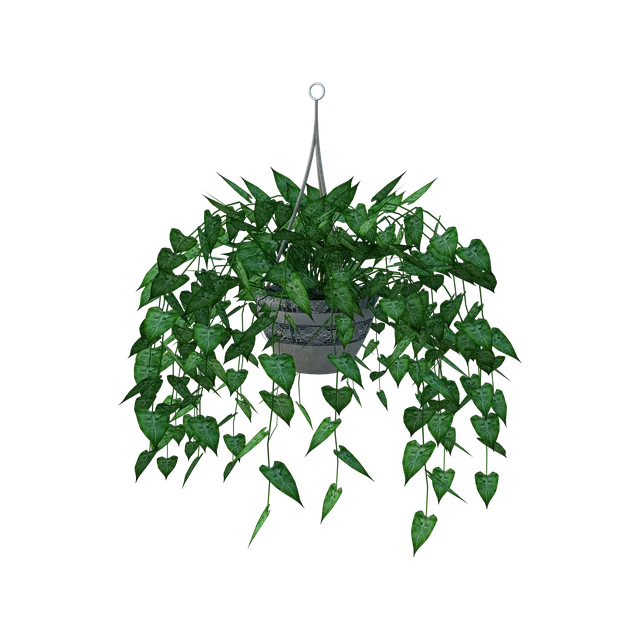
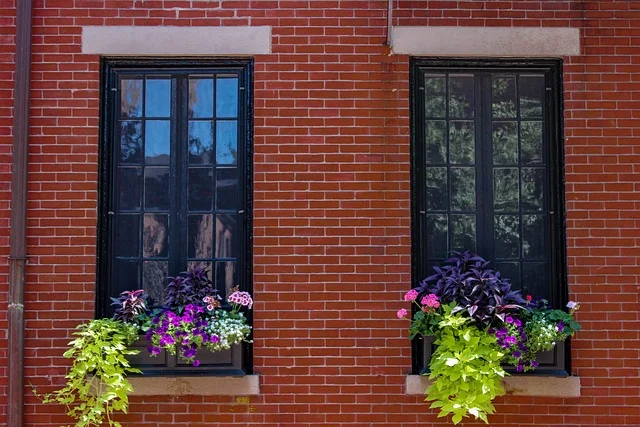
Benefits of Pocket Wall Planters
- Maximizing Space
- Ideal for small yards where horizontal space is limited.
- Utilizes otherwise unused vertical surfaces like fences or walls.
- Eco-Friendly and Sustainable
- Many pocket planters are made from recycled materials like felt or PET plastic.
- Customizable and Stylish
- Available in various sizes, colors, and designs to suit individual tastes.
- Easy Maintenance
- Simplified watering systems and easy-to-reach planting areas.
Choosing the Best Pocket Wall Planters
- Material Matters
- Felt or Fabric: Lightweight and breathable, great for herbs and flowers.
- Plastic: Durable and water-resistant, suitable for wetter environments.
- Metal: Stylish and sturdy for long-term use.
- Size and Configuration
- Modular designs allow for expansion as your garden grows.
- Watering Systems
- Built-in drip irrigation is ideal for consistent care.
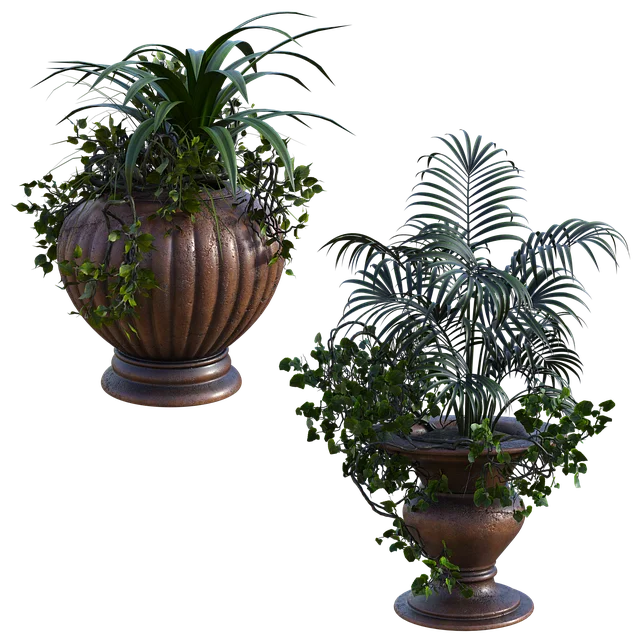
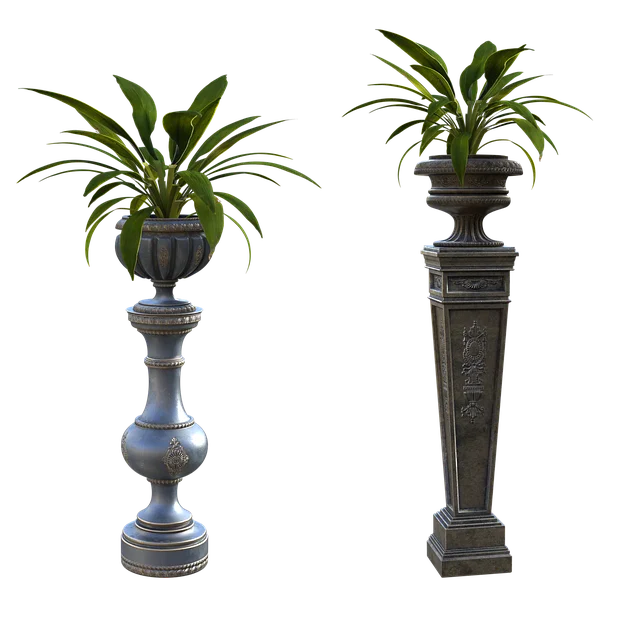
Top Plants for Pocket Wall Planters
- Herbs
- Basil, thyme, mint, and parsley thrive in pocket planters.
- Flowers
- Brighten up your yard with marigolds, petunias, and pansies.
- Succulents
- Aloe, echeveria, and jade plants for a low-maintenance option.
- Small Vegetables and Greens
- Perfect for lettuce, spinach, and even strawberries.
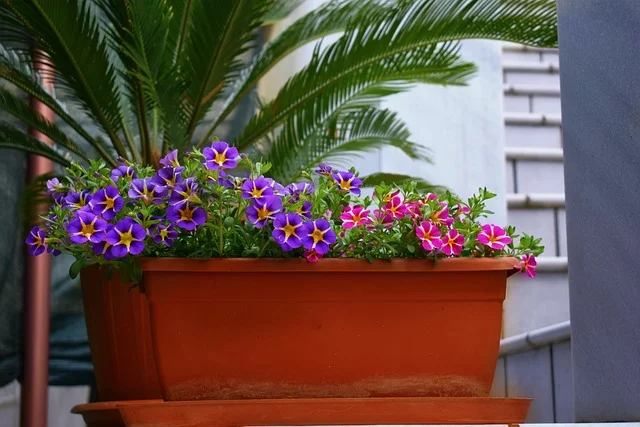
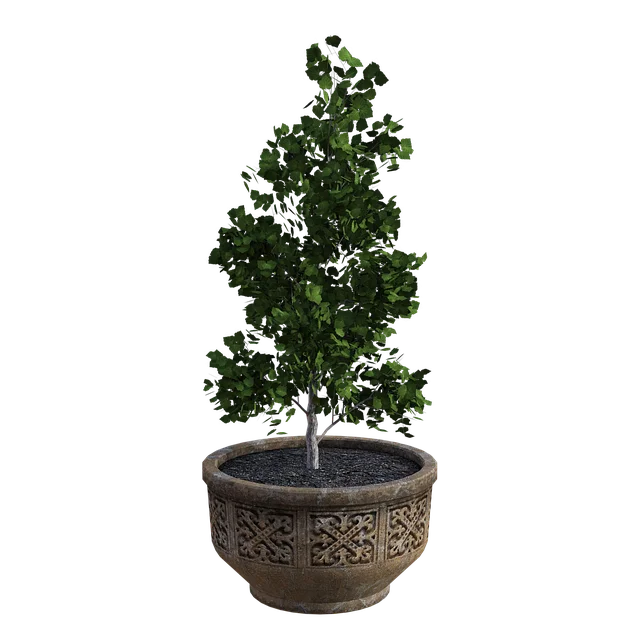
Installation Tips
- Select the Right Wall
- Ensure the wall gets enough sunlight for your plants.
- Use a south-facing wall for sun-loving plants or shaded areas for ferns and ivy.
- Use Lightweight Soil
- Choose soil mixes designed for container gardening to ensure proper drainage.
- Secure the Planter
- Anchor the pockets securely to prevent sagging. Use screws or heavy-duty adhesive hooks.
- Plan Watering
- Hand watering works, but a drip irrigation system saves time and ensures even moisture.
Creative Pocket Wall Planter Ideas
- Herb Kitchen Wall
- Install a pocket wall planter near your kitchen for easy access to fresh herbs.
- Living Privacy Screen
- Use planters with tall grasses or trailing plants to create a green privacy wall.
- Children’s Garden
- Dedicate a planter to easy-to-grow plants like strawberries or marigolds for kids to enjoy.
- Seasonal Color Wall
- Rotate flowers seasonally for a dynamic and colorful display.
Maintenance Tips
- Regularly check for pests and diseases, especially in densely planted pockets.
- Trim plants to encourage growth and prevent overcrowding.
- Clean the pockets between planting cycles to avoid soil buildup.
Conclusion
Emphasize the practicality and aesthetic appeal of pocket wall planters.
Encourage readers to try them out, whether for growing fresh herbs, adding greenery, or beautifying a small yard.
Invite them to share their experiences, ideas, or photos in the comments section.
DIY: Create Your Own Pocket Wall Planter
Materials Needed:
- Fabric: Recycled felt or a canvas drop cloth.
- Sewing Supplies: Needle, thread, or a sewing machine.
- Wooden Frame: Old picture frame or a DIY wooden panel.
- Staple Gun: To attach the fabric to the frame.
- Plastic Liner: For water retention (optional).
- Mounting Hardware: Screws, wall anchors, or heavy-duty adhesive hooks.
- Soil: Lightweight potting mix.
- Plants: Choose herbs, flowers, or succulents depending on your preference.
Steps:
- Prepare the Fabric
- Cut the fabric into rectangular strips.
- Sew three edges to create open pockets (adjust the size based on your plants).
- Attach the Fabric to the Frame
- Securely staple the fabric pockets to the wooden frame, ensuring they are evenly spaced.
- Double-staple the edges for durability.
- Add a Plastic Liner (Optional)
- To prevent water dripping onto walls, staple a plastic liner behind the fabric.
- Poke small holes for drainage.
- Mount the Planter
- Use screws or heavy-duty adhesive to securely attach the frame to your chosen wall.
- Ensure it can hold the weight of the soil and plants.
- Fill the Pockets
- Add a thin layer of soil to each pocket.
- Plant your chosen herbs, flowers, or succulents gently.
- Water and Maintain
- Water lightly to prevent soil compaction.
- Place in a location suitable for the plant’s sunlight needs.
Bonus Customization Ideas
- Add Paint or Stain: Personalize the wooden frame with vibrant colors or finishes.
- Label Pockets: Use chalkboard paint or small tags to label your plants.
- Incorporate Lighting: Attach solar-powered string lights for an evening glow.

Leave a Reply